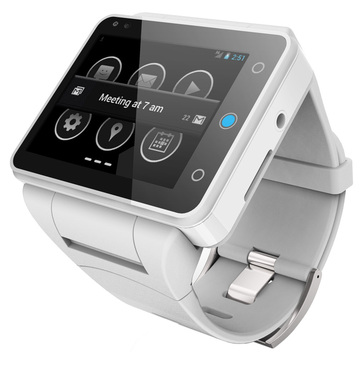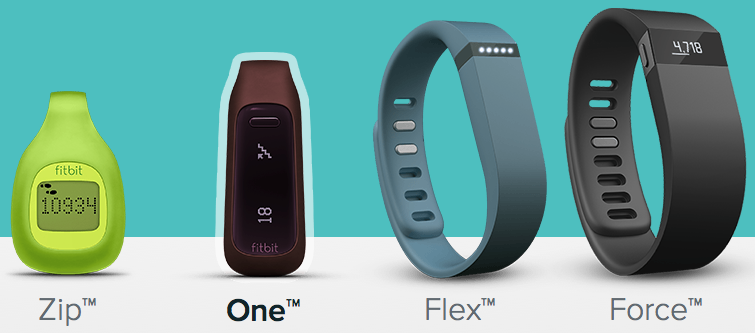CES 2014: What Millennials Will Be Talking About and Buying
January 8, 2014
Smart TVs and appliances, 4K displays, cars with built-in mobile technology and wearable devices are all the rage at this year’s CES, and technology-loving consumers are lining up, wallets in hand, to make big purchases. But what’s most likely to capture the attention of millennials isn’t a 105-inch TV or a refrigerator that can send text messages, but wearable devices that are affordable, stylish and truly convenient alternatives or aides to the smartphones and other devices we already own.
As a millennial in graduate school on a tight budget and with an appreciation for technology that makes life easier, I can attest to the fact that people my age typically require a specific combination of criteria in any device before they purchase it.
 For one, a device has to do something my smartphone can’t while working seamlessly along with it. Many people wonder if the smartwatch is truly a necessary device when it’s essentially the same thing as a smartphone, except with a smaller screen. But the simple fact that a device like the Neptune Pine, a smartwatch created by a 19-year-old college dropout, does everything my phone can do and makes talking hands-free would make me consider purchasing one.
For one, a device has to do something my smartphone can’t while working seamlessly along with it. Many people wonder if the smartwatch is truly a necessary device when it’s essentially the same thing as a smartphone, except with a smaller screen. But the simple fact that a device like the Neptune Pine, a smartwatch created by a 19-year-old college dropout, does everything my phone can do and makes talking hands-free would make me consider purchasing one.
Millennials also want something stylish, even trendy — not some bulky, awkward device on the wrists or face. Hopefully over time, the styles of devices like Google Glass or smartwatches will continue to evolve along with the technology. Fitbit is one wearable device that embraces style and has even partnered with fashion designer Tory Burch to do it well.
Fitness wearables alone are projected to make up a $1 billion industry in 2014 with companies like Fitbit taking the lead. These devices only serve one purpose unlike smartphones or watches, and though it’s a product I’d be interested in, the single-purpose technology means I expect to pay less for it — especially if it’s trendy and new to the market.
Ben Wood of CCS Insight tells The Guardian that the evolution to wearables is a necessary one. “Technology companies are feeling their way in the dark, but we expect innovative features to appear first on wearable devices that will be integrated into smartphones and other consumer electronics devices,” Wood said. The article notes that “more than $100m has been invested in wearables through crowdfunding sites, which [Wood] cites as evidence of their huge potential.”
And it’s true — if there’s something that so perfectly meets my criteria of affordability, convenience and style on a site like Kickstarter, I may even be willing to shell out the money ahead of time just to be one of the first to own it. That action speaks volumes about what I think of and expect from the product. After all, we millennials can be picky customers when we have so many options.


No Comments Yet
You can be the first to comment!
Leave a comment
You must be logged in to post a comment.